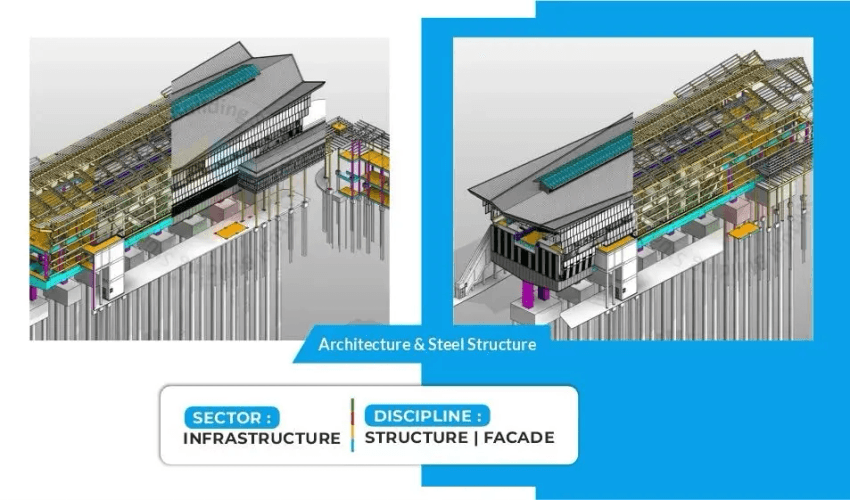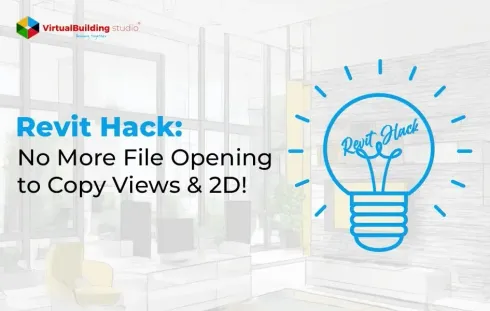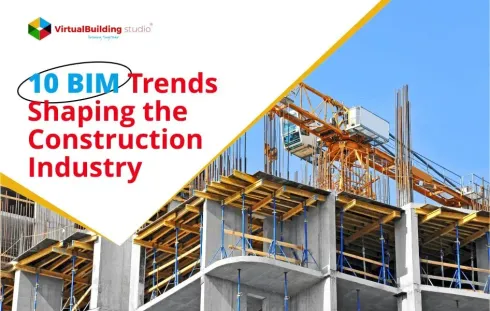
With the fast advancement of metropolitan areas, particularly the development of metro rail travel, BIM is a powerful method to mitigate metropolitan gridlock. There is restricted site space, complex asset designation, tight timetable, underground pipeline complex designing issues, and so much more.
BIM innovation in terms of multi-dimensional representation, definition, virtual reproduction, and numerous different benefits can viably take care of these specialized issues. BIM innovation creatively investigates all through the lifecycle of BIM innovation with regards to the metro rail travel project.
The model data documents can be drawn via using tools such as Navisworks for multi-dimension movement creation to decide the ideal development plan of how the project would possibly take shape.
The development in BIM takes place through the utilization of cameras and sensors to accomplish electronic reconciliation, dynamic checking of the activity, and support of underground resources.
Utilizing numerous benefits of BIM innovation, one cant just improve the designing efficiency and development effectiveness of the metro rail travel project, but even finish the activities and tasks with minimal upkeep.
Why implement BIM in a Metro Rail Project?
With the consistent improvement of social design, metropolitan gridlock is deteriorating. To take care of this issue, all territories and regions the nation over have ceaselessly expanded their interest in metropolitan rail development to additionally upgrade metropolitan vehicle limit.

As of now, underground or overground transportation development, has basic designing specialized troubles like restricted underground space, a huge measure of development, tight development period, crowded areas, and complex asset designation.
Planning and development frequently taking place lead to foundational layout changes, engineering changes, unclear development methodology, development delays, cost control, and numerous different issues all through the whole life pattern of the structure.
This genuinely hampers the project due to not keeping up with the trend-setting innovations to organize and tackle issues confronting the whole life pattern of a structure. Building Information Modeling (BIM) is a model dependent on an assortment of data identified with building designing, which in this case is metro rail and subway structure.
In light of a multi-dimensional model, the activity is set up during the development of the entire life cycle to understand the impact of practice before development to manage the plan, design the structure, check for the issues, and then finally move on to development.
What Challenges Metro Rail Project Can Face in Absence of BIM?
A metro rail development project is generally separated into two sections – principal design of the station and inter-route between stations. The specialized challenges of the task are:
- Construction site of the metro station and distance between stations in an over-crowded region with thickly populated zones.
- Time is tight with so much development to take place.
- Underground pipeline format including water supply and waste, gas, fiber optics, power, water supply, and pipelines, all weaved in a confusing design.
This is where the old-fashioned traditional planning and development find it really hard to tackle such issues. Hence, considering multi-dimension perceivability, reproduction, coordination, and integrity of information with BIM innovation can prove helpful during the life span of metro rail construction phases.
How BIM Implementation gives a boost to a Metro Rail Structure?
BIM drawings are analyzed.
To begin with, in view of starter plan drawings, the BIM group makes multi-dimensional models dependent on various expert drawings. At that point, the model built by every expert is gathered to produce a well-made multi-dimension model containing all the aspects of metro rail construction.
Herein, clash detection happens, and then modifications are brought about within BIM until the conflict issues are sorted.
Sketch Cooperative Energies to Improve Plan Proficiency.
For development endeavors and configuration foundations, the use of teams to work in a cooperative manner is vital. At any point, when one or more of the associations is altered, the entire model will be naturally changed improving the process of role allocation and amendments.
Determine the Pipeline Coordination.
Through the impact recognition of the model, BIM adjusts the crash issue in the beginning phase of configuration so that the architects can naturally identify the fitting level of pipeline format and forestall each pipeline impact.
As an example, let say prior to the clash detection, the drainage pipe and ventilation pipe impacted, the utilization of BIM innovation can be made to sidestep the ventilation line, not to collide with the drainage line, making it more sensible to decide the coordination between pipes involved.
Identify a Viable Construction Plan.
A conventional construction approach depends on the state of the building site, asset distribution, and construction resources. In any case, as the venture progresses, designing changes, plan changes, and different issues will definitely defer the development progress.
This makes it quite evident to have a tough time deciding what an ideal game plan would be when proceeding with construction. By setting up a multi-dimensional model reliable with the development cycle into Navisworks or similar other tools, one can have a fair overview of how to go step by step sequentially.
Live Construction Through a Visual Model.
During the development of metro travel, development hubs with high development necessities might be experienced. There is an assortment of development hubs, the underground space is little and the development greatly affects the encompassing soil.
This will without a doubt expand the trouble of development. Also, physical two-dimensional drawings have a restricted capacity to communicate and the nature of laborers isn’t sufficiently high to comprehend the aim.
To take care of this issue, BIM innovation is applied to multi-dimension representation assisting constructors with understanding the models better and finish construction with quality.
Upkeep After Project Completion.
BIM innovation can give enough data for people so that the maintenance of metro rail is no big deal, especially since it a never-ending ongoing task of keeping the metro rail up-to-date and running at all times.
Any BIM software you use can give quite enough plentiful data and information so as to handle the upkeep required once the metro rail is running. To help you one step further you have cameras and sensors coming to your aid, placed at the stations and en-route between stations.
Additional Benefits of BIM in Metro Rail Projects
Dynamic checking. Through a constant input of dynamic monitoring information, one can decide with leakages, distortion of soil, and obliteration of underground constructions, allowing to take ideal measures to control hazards, guaranteeing metro rail a sure shot success.
Managing space. To acquire the spatial area data of every region, text-based portrayals can be changed to a multi-dimensional model of the area that can be straightforwardly envisioned and handily looked.
For example, RFID admittance to the metro station safety officers, alarm positioning of that area, one can rapidly determine the departure courses surrounding the metro rail with the help of BIM.
Successful Implementation of BIM in Metro Rail
As such there are a few examples of BIM being successfully implemented in a metro rail project, but herein we would be discussing just one of them to let you have a fair idea of how BIM plays an instrumental role in fueling metro rail construction.
Nagpur Metro Rail Project, in any case, is set to stand separated as a differentiator with the execution of Five Dimensional (5D) BIM. The stage incorporates the advantages of an ERP programming like SAP with development activities and tasks permitting a 5-Dimensional perspective on the undertaking in close time.
Herein, there is an implementation of a solitary 5D Project View assuming a definitive part in guaranteeing project conveyance timetables and cutting predictive consumptions.
The metro project utilization of 5D BIM with SAP ERP aims to capacitate Nagpur Metro to accomplish upgraded development quality, diminishing of development-related consumptions, extensive comprehension of the task plan, and improved operational efficiencies.
The whole ecosystem of Maha Metro is utilizing this particular approach of incorporating BIM models into the construction phases. In short, this metro project stands as an ideal example, uncovering unparalleled advantages which super tasks can procure with the early execution of front-line innovation in the maturing stage itself.
BIM Technology is Certainly having Metro Rail on a Roll
The use of BIM innovation in metro rail travel is undeniably priceless. With the help of using Revit programming to build up a multi-dimension model, one can have a complete understanding of the associated pipes and structures involved. In view of the three-dimensional model, the development of an entire project can be reenacted to resolve the underlying loopholes invisible to naked eyes.
Noticeable construction structure in a visual manner helps contractors and laborers to more likely comprehend the construction stages while sticking to the quality build. With the utilization of cameras and sensors for electronic reconciliation, the unique checking of metro rail data and information related to unseen circumstances can help big time in upkeep.
This really proves the importance of BIM innovation with a greater number of benefits as compared to the conventional non-digital construction techniques to plan proficiency and project development.




